Biomedical Engineering Reference
In-Depth Information
120
100
Area 1
Ag
80
60
Ag
1
40
Si
20
0
01
2 3
Energy (keV)
45
50 nm
400
Area 1
Ag
Cl
300
1
200
Ag
100
Cu
0
012345
Energy (keV)
500 nm
1000
Ag
Area 1
800
600
C
Cl
Cu
Ag
1
400
Al
200
O
0
1 µm
0123
Energy (keV)
45
FIGURE 15.4
Electron microscopy images of particles found in the washing solution
of nano-Ag containing textiles. Top: agglomerate of metallic Ag NP; middle: large AgCl
crystals; bottom: agglomerates of small AgCl particles. (Reprinted from Chemosphere, 89,
Lorenz, C. et al., Characterization of silver release from commercially available functional
(nano)textiles, 817-824. Copyright 2012, with permission from Elsevier.)
All the studies presented so far targeted Ag-containing textiles. However, textiles
also contain a variety of other nanoparticles, for example, TiO
2
or SiO
2
(Som et al.
2010). Windler et al. (2012) have investigated the release of TiO
2
from six different
textiles. Analysis of fiber cross-sections revealed that the TiO
2
was contained within
the fiber matrix. Five of the textiles (with sun-protection functionality) released low
amounts of Ti (0.01-0.06 wt% of total Ti) in one washing cycle. One textile (with
antimicrobial functionality) released much higher amounts of Ti (5 mg/L, corre-
sponding to 3.4 wt% of total Ti in one washing cycle). Size fractionation of the Ti
in the washing solution showed that about equal amounts were released as particles
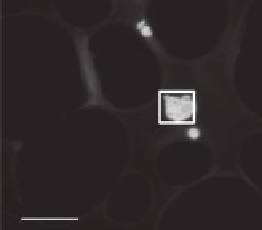
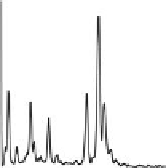

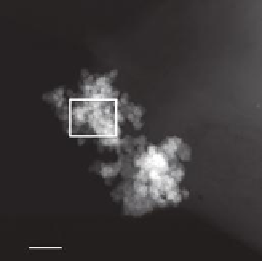
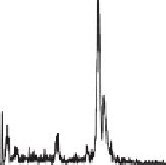
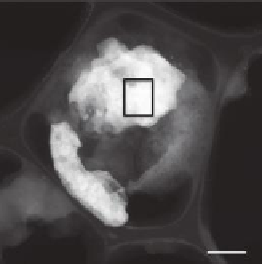

Search WWH ::

Custom Search